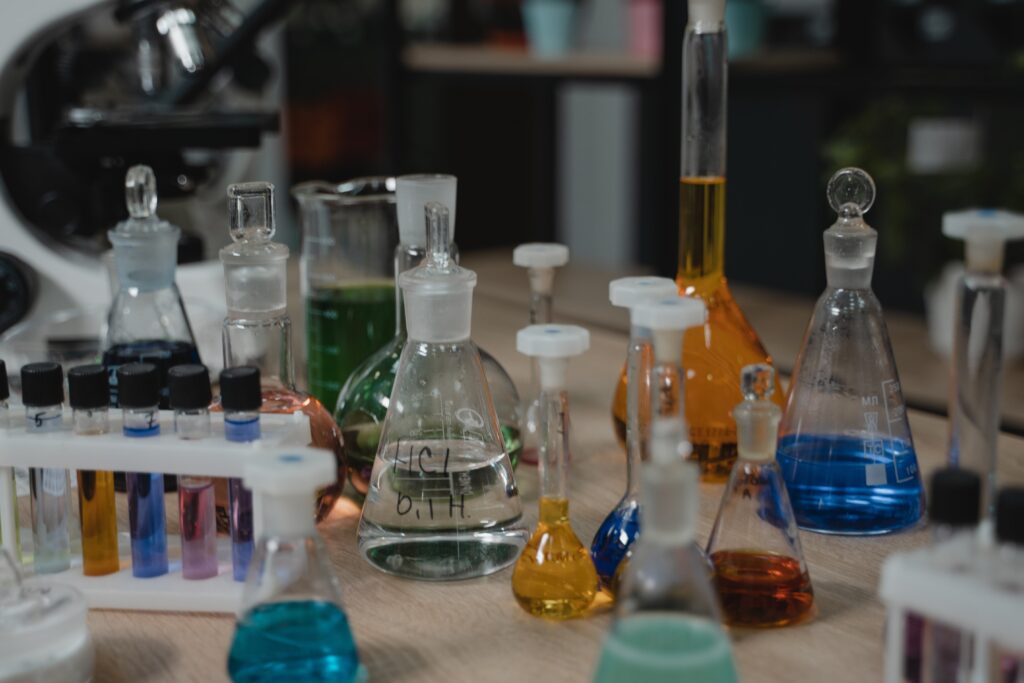Sulfuric acid, also known as battery acid, is a highly corrosive and toxic substance that is widely used in a variety of industries and applications. The substance is produced by the oxidation of sulfur dioxide and is one of the most important and widely used chemicals in the world. Over the years, research and development in sulfuric acid technology have resulted in several new uses and production methods for this substance. In this blog, we’ll take a closer look at the latest research and developments in sulfuric acid technology, including new uses and production methods.
New Uses for Sulfuric Acid
One of the most significant new uses for sulfuric acid is in the production of biofuels. Sulfuric acid is used to catalyze the conversion of bio-based feedstocks into biofuels such as ethanol and biodiesel. This new use for sulfuric acid has the potential to significantly reduce the carbon footprint of the transportation sector, and it is being researched and developed by companies and organizations around the world.
Another new use for sulfuric acid is in the purification of wastewater. Sulfuric acid is used to lower the pH of wastewater, which helps to remove impurities and make the water safer for reuse or discharge into the environment. This application of sulfuric acid is particularly useful in the treatment of industrial wastewater, and it has been shown to be effective in removing heavy metals, radioactive substances, and other contaminants from wastewater.

New Production Methods for Sulfuric Acid
In addition to new uses for sulfuric acid, there have also been several new developments in the production methods for this substance. One of the most significant new production methods is the use of membrane technology. This technology uses thin, permeable membranes to separate sulfur dioxide from the other components in the air, making the production of sulfuric acid more efficient and environmentally friendly.
Another new production method is the use of renewable energy sources to produce sulfuric acid. This method uses renewable energy sources such as wind, solar, or hydro power to produce electricity, which is then used to produce sulfuric acid. This method is more environmentally friendly than traditional production methods, and it has the potential to significantly reduce the carbon footprint of the sulfuric acid industry.
Conclusion
In conclusion, the latest research and developments in sulfuric acid technology have resulted in several new uses and production methods for this important substance. From the production of biofuels to the purification of wastewater, sulfuric acid is proving to be a versatile and valuable substance in many industries. The new production methods for sulfuric acid, including the use of membrane technology and renewable energy sources, are also helping to make the production of this substance more environmentally friendly. The future of sulfuric acid technology looks promising, and we can expect to see further advancements and innovations in this field in the years to come.
